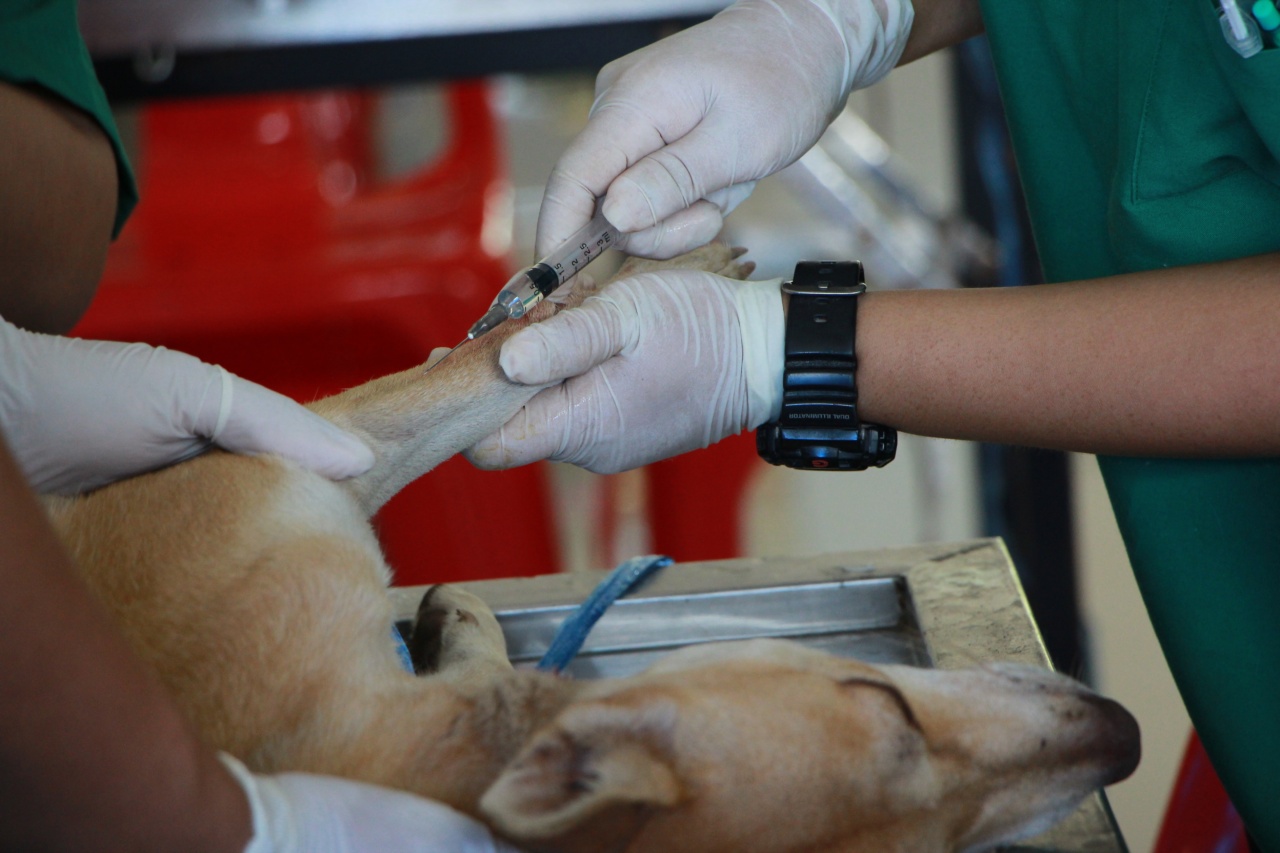As a pet owner, one of your top priorities is keeping your dog healthy and happy. Unfortunately, fleas and ticks can quickly become a nuisance and even pose serious health risks to your furry friend.
These tiny parasites can transmit diseases and cause discomfort for both you and your pet. Fortunately, there are several effective treatments available to help you say goodbye to fleas and ticks and protect your dog.
Understanding the Dangers of Fleas and Ticks
Fleas and ticks not only cause itching and skin irritation in dogs but can also transmit diseases such as Lyme disease, Rocky Mountain spotted fever, and Ehrlichiosis.
These diseases can have serious consequences for your pet’s health and wellbeing. Additionally, some dogs may even develop an allergic reaction to flea saliva, leading to excessive itching and hair loss. It is important to take proactive measures to prevent these parasites from infesting your dog and your home.
Effective Treatments for Fleas and Ticks
When it comes to preventing and treating fleas and ticks on your dog, there are various options to choose from. Here are some of the most effective treatments:.
1. Topical Spot-on Treatments
Topical spot-on treatments are a popular choice among pet owners due to their convenience and effectiveness.
These treatments typically come in small tubes that can be easily applied to the back of your dog’s neck, where they are unable to reach and lick. The active ingredients in spot-on treatments kill fleas and ticks on contact and provide long-lasting protection. Make sure to choose a treatment that is specifically formulated for dogs, as flea and tick treatments for cats can be toxic to canines.
2. Oral Medications
Oral medications are another effective option for controlling fleas and ticks in dogs. These medications come in the form of chewable tablets or flavored treats that your dog can easily consume.
The active ingredients in these medications work systemically, meaning they are absorbed into your dog’s bloodstream and kill fleas and ticks when they bite. Some oral medications also have the added benefit of preventing heartworm disease. Consult your veterinarian to determine which oral medication is best suited for your dog.
3. Flea and Tick Collars
Flea and tick collars offer a convenient and long-lasting solution for protecting your dog from these parasites.
These collars contain active ingredients that are gradually released and spread across your dog’s skin and coat, repelling and killing fleas and ticks. It is important to choose a collar that is appropriately sized for your dog and to follow the manufacturer’s instructions for proper use and duration of effectiveness.
4. Shampoos and Dips
Shampoos and dips can be effective in killing fleas and ticks on contact, providing immediate relief for your dog. These products are typically used during a bath and need to be rinsed off thoroughly.
While shampoos and dips can provide temporary relief, they are not effective as long-term preventative measures. Therefore, they should be used in combination with other preventive treatments for optimal results.
5. Prescription Treatments
In severe cases of flea or tick infestation, your veterinarian may recommend prescription treatments to eliminate the parasites. These treatments may include stronger topical spot-on treatments, oral medications, or even injections.
Prescription treatments are generally reserved for more severe infestations or for dogs with underlying health conditions that require extra care.
Tips for Preventing Fleas and Ticks
In addition to using effective treatments, there are other measures you can take to prevent fleas and ticks from infesting your dog:.
– Regularly groom your dog by brushing their fur to remove any fleas or ticks that may be present.
– Keep your dog’s living environment clean and vacuum regularly, paying close attention to carpets, furniture, and bedding.
– Avoid walking your dog in tall grasses or wooded areas where fleas and ticks are commonly found.
– Use flea and tick preventative products year-round, as these parasites can be present even during colder months.
– Regularly wash your dog’s bedding with hot water to kill any potential fleas or ticks.
– Consult your veterinarian for additional preventive measures and advice specific to your dog’s needs.




























